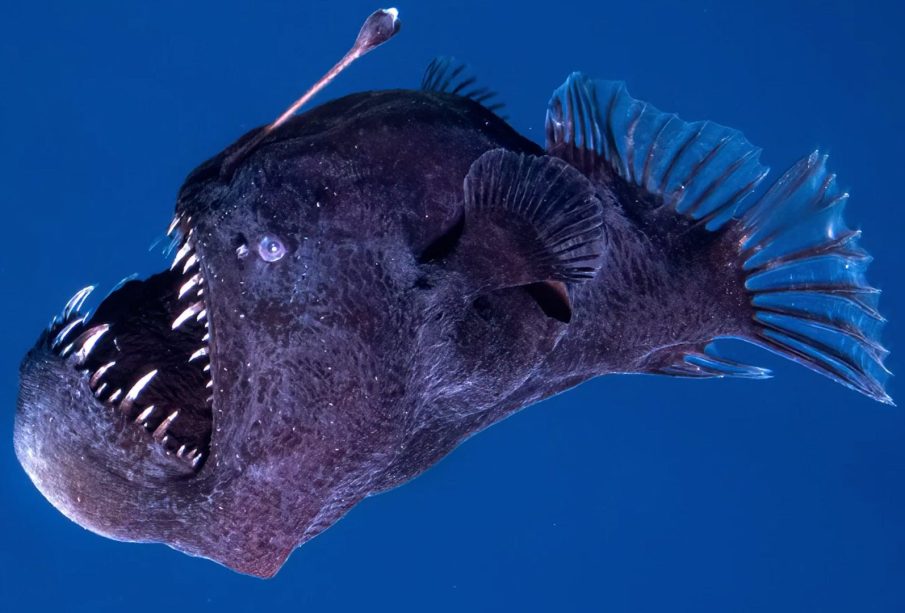Exploring the Intriguing World of the Anglerfish

Introduction
The anglerfish, a captivating deep-sea dweller, has long captured the imagination of scientists and enthusiasts alike. With its unique adaptations and predatory strategies, this creature not only plays a vital role in marine ecosystems but also offers insights into evolutionary biology. Understanding the anglerfish’s characteristics and habitat is crucial to appreciating the complexity of deep-sea life, especially as oceanic environments face unprecedented challenges from climate change.
Unique Characteristics
Anglerfish are notorious for their bizarre appearance, which includes a broad, flattened body and a distinctive bioluminescent lure that hangs above their mouths. This lure, composed of a modified fin known as the illicium, emits light to attract prey in the dark depths of the ocean. Some species can even adjust the light emitted based on their surrounding environment, demonstrating an impressive evolutionary adaptation.
Diversity and Habitat
There are about 200 known species of anglerfish, belonging to the order Lophiiformes. They inhabit various depths of the ocean, typically found at depths ranging from 200 to 2,000 metres, but some species have been discovered at depths exceeding 3,000 metres. Their habitat is crucial for biodiversity, as these fish prey on small fish and invertebrates, helping to maintain the balance of marine ecosystems.
Reproduction Mysteries
One of the most intriguing aspects of anglerfish is their unusual reproductive strategy. In many species, males are much smaller than females and often attach themselves to the female’s body for life. When a male encounters a female, he bites into her skin, merging his tissues with hers before eventually becoming a permanent parasite, providing sperm in exchange for nutrients. This symbiotic relationship raises fascinating questions about sexual selection and evolutionary strategy among deep-sea creatures.
Conservation Status
Despite their unique adaptations, anglerfish are not immune to the threats posed by human activities, including overfishing and deep-sea mining, which disrupt their habitats. Currently, the conservation status of many anglerfish species remains unknown, highlighting the importance of further research and conservation efforts to preserve these remarkable creatures and their ecological role.
Conclusion
The anglerfish stands as a testament to the wonders of evolution and the complexities of life in the deep sea. As researchers continue to explore this enigmatic species, they hope to uncover more about its biology, habitat, and the critical roles it plays in marine ecosystems. For readers, the anglerfish not only serves as a reminder of the richness of ocean life but also underscores the urgent need to protect our oceans from increasingly dire threats.








